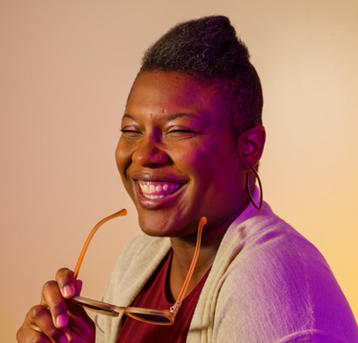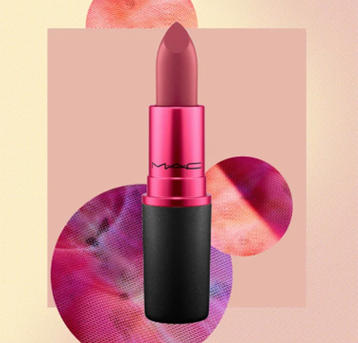They are the consumer groups that will affect business; speak to their emerging needs and you’ll reap the rewards, ignore them and risk falling behind. But who exactly are these powerful consumers, what are they motivated by and where are they looking to brands for help? Here are five generations brands need to take note of.
Generation X
Gen X, aka people born between 1965 and 1979, account for more than 25 per cent of consumption in the US, but they’re a group that, for one reason or another, has been largely left behind. “A recent CBS News infographic said there were only four generations. It left Gen X off altogether,” said Stylus acting senior editor, consumer attitudes and technology, Stephen Graves.
So how to look at a generation that others simply don’t see? “There are two ways,” said Graves. “Firstly, through their spending power, which is huge. And secondly, the influence they have over the generations either side of them. They’re the parents of Gen Z, their own parents are seniors, and they work with millennials and boomers – so consider them a nexus.”
Generation Z
Next up is the generation on everybody’s lips, Gen Z. They’re spectacularly diverse, almost fanatically entrepreneurial, and they share virtually everything online. And now that they’re entering the workforce, they may soon usurp millennials in terms of influence.
Stylus director of consumer product, Emily Gordon-Smith said compared to millennials, Gen Z has far more disposable income. “In the US it’s something like three times as much. Most of them are living at home, but their entrepreneurial spirit comes into it; a lot of Gen Zers are bringing in money in really interesting ways. And everything they’re bringing in, including their allowances, is disposable."
“Brands and retailers are keen to talk to this audience, but I’m not sure they’re mindful of how wealthy they actually are. A good starting point, perhaps, is appreciating that they value experiences over possessions; we’re noticing that Gen Zers are prioritising food over fashion, for example,” said Gordon-Smith.
Millennials
Perceived as the back-to-the-city generation, millennials are a group that want work life, home life and social life to exist in the same, urban space. A recent study, published in the journal Regional Studies, backs this up by concluding that, of all the generations, millennials are happiest in cities.
However, the harsh reality is that they can’t all afford to live there. In the US, over two-thirds of millennials, 67 per cent, already live in suburban and rural areas. And while their environments are different to their city-dwelling counterparts, their overarching needs and motivations are broadly similar.
“They also want to build and sustain links between the rural communities they’re moving to and urban communities, so there’s a real opportunity here to utilise millennials as the hubs of networks that connect underserved areas with more established urban networks,” said Graves.
“Their desire to create communities of like-minded rural natives, and to tap into the creativity being stifled by city living, are powerful drivers that are currently underserved by brands.”
Gen Alpha
Aged nought to nine, Gen Alpha kids are vastly different to the children of preceding generations. They’re playing with super-charged toys, reading stories that reject traditional narratives, and dressing in clothes that look beyond gender and ability.
And it’s not too early for them to carry real financial clout, as evidenced by the highest-earning YouTuber of 2018, seven year old Ryan ToysReview, who’s grossed $22 million, proving that there are already Gen Alpha influencers.
So, what are their defining characteristics? “They’re the first generation of AI natives,” said Stylus researcher, consumer attitudes and technology, Elspeth Taylor. “Look at today’s under-fives; most of the things they’ll be interacting with will incorporate AI in some way. In the absence of social and behavioural learnings, this is one thing that, at this stage, we can confidently say will unite them.”
So too will the values they inherit from their mostly millennial parents. “This is why we’re seeing books like My Name is not Refugee and Good Night Stories for Rebel Girls,” said Graves. “These are now key products for Gen Alpha.”
The Experimentals
Some emerging audiences are defined not by their age, but their values or lifestyles. And few will be as important as The Experimentals, a cross-generational group unapologetically smashing long-held taboos and taking ownership of their myriad pleasures.
Stylus US senior editor, Marian Berelowitz said it's not about tearing down taboos for the sake of it, from an anti-establishment angle, it’s really experimenting or indulging in a conscious and mindful way.
"When you look at cannabis especially, it’s now seen more as a wellness tool than a vice. More people, especially women, are using cannabis for mind-body elevation, for example integrating it into meditation regimens or as arousal enhancers," said Berelowitz.
“A key takeaway is that many consumers are happy to be helped out of their comfort zone, but not too far out. And they want to be assured that it makes sense to do so. There’s an opportunity in the other direction for leading-edge consumers, to offer them rawer experiences beyond the mainstream."




